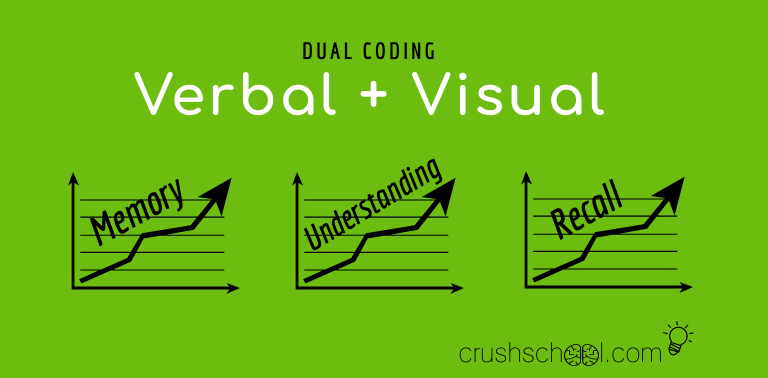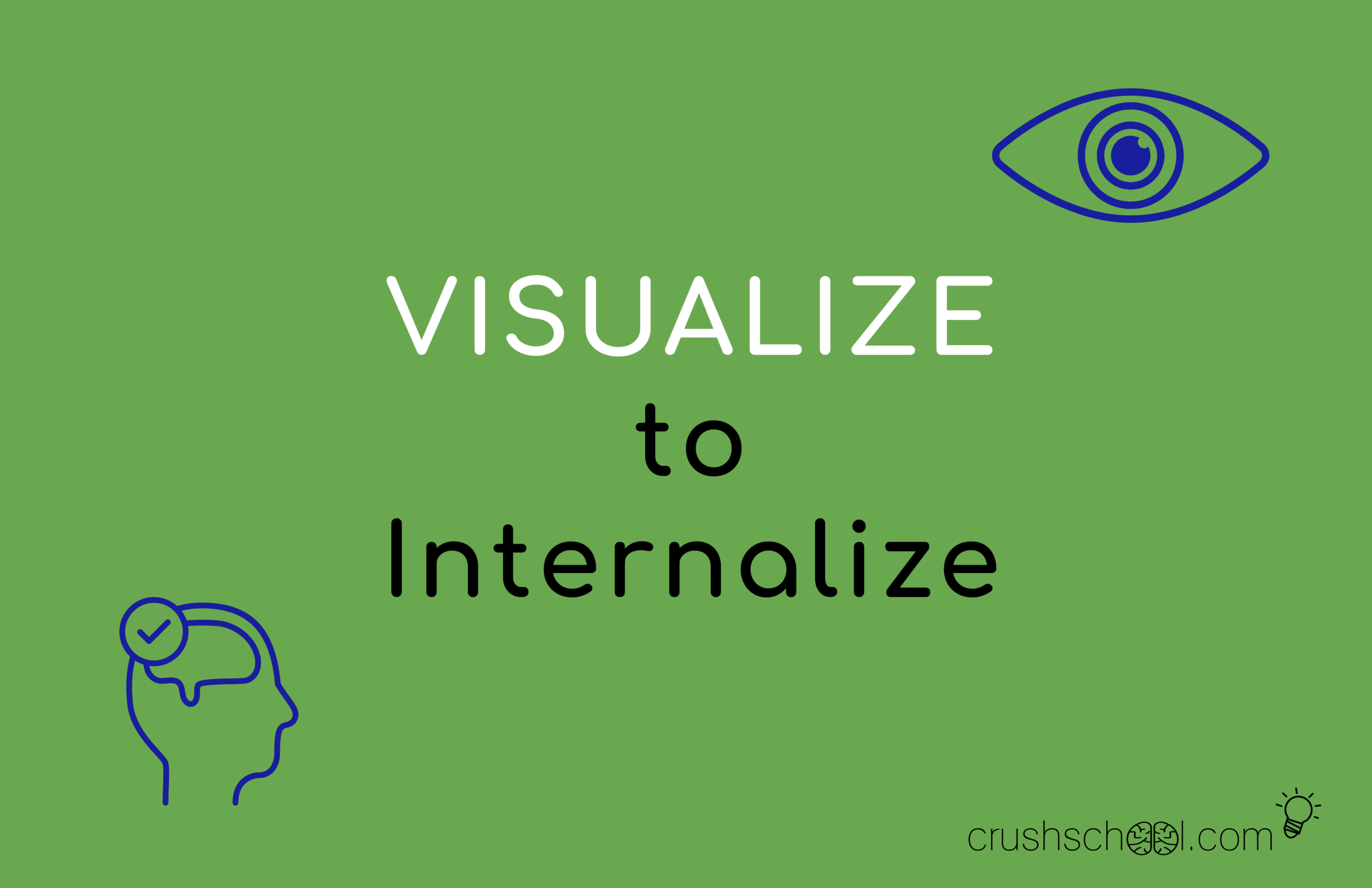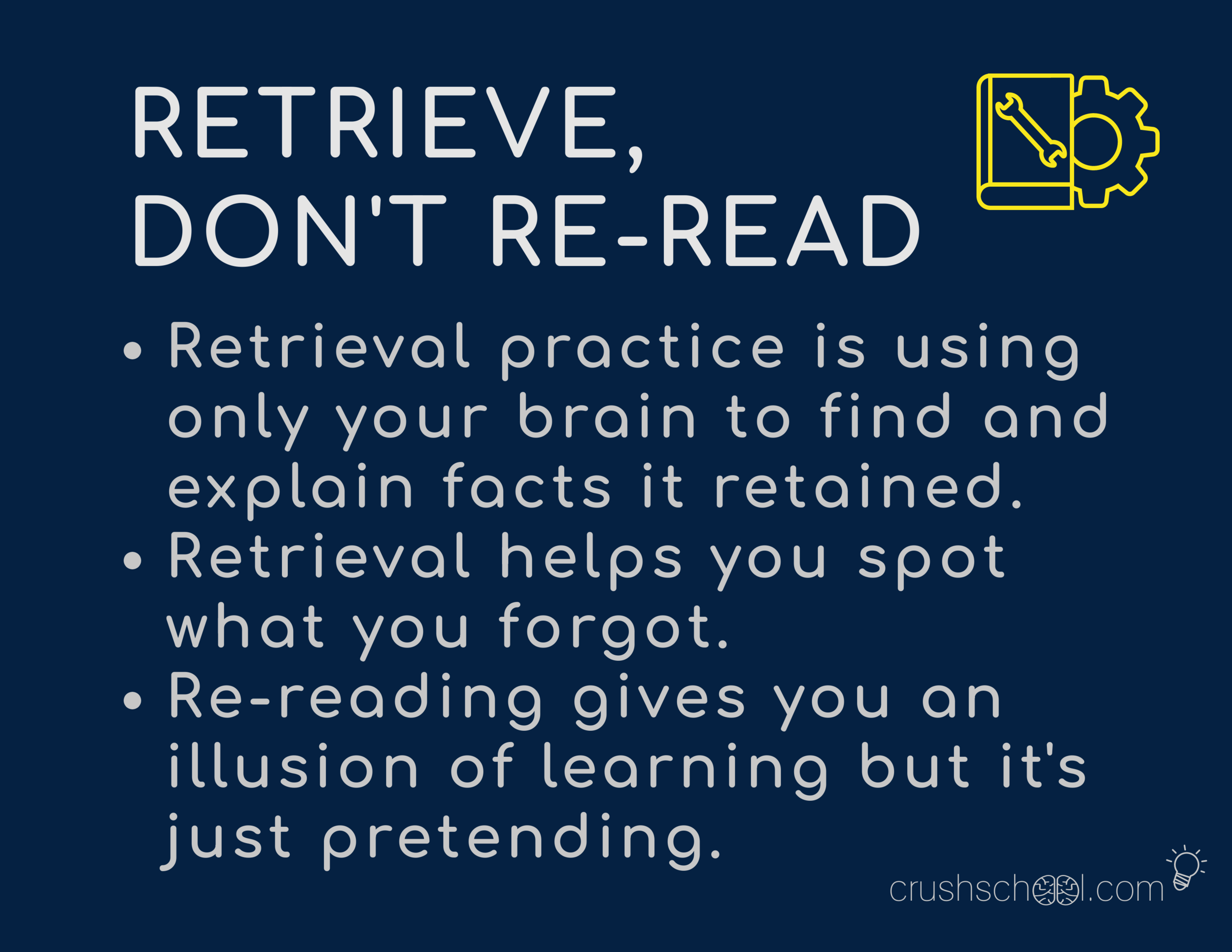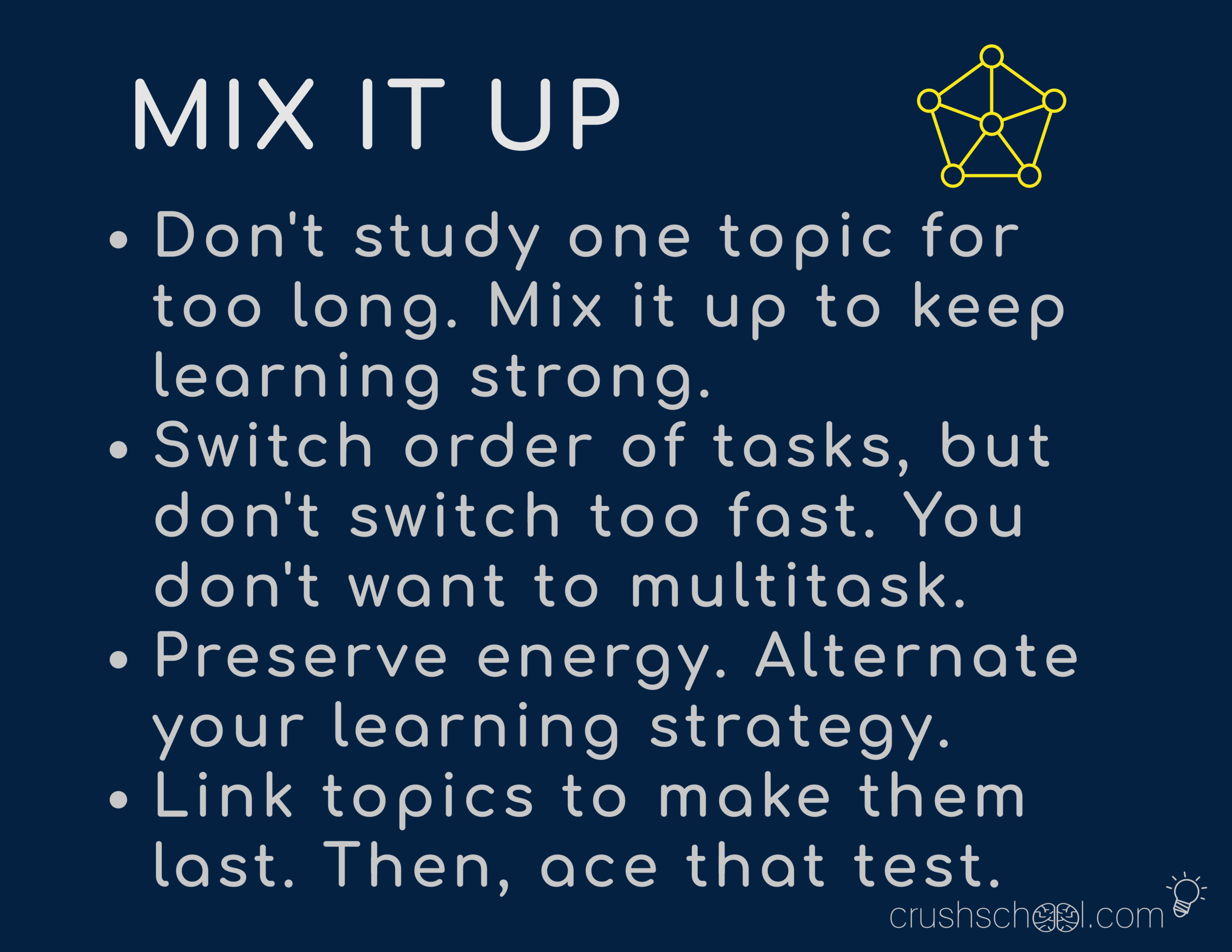Mistakes Are What It Takes
“Every act of conscious learning requires the willingness to suffer an injury to one’s self-esteem. That is why young children, before they are aware of their own self-importance, learn so easily.”
Change How Mistakes Are Looked At
This one will be hard. Jumping off a building without a parachute or at least a bungee cord to learn about gravity is risky. It’s also either crazy, or really stupid, or both, because the risk involved is not reasonable. And while this example seems drastic, it might not be far off from the way many students perceive taking risks - asking questions, volunteering answers, and being wrong - in school.
So how do we change this classroom risk aversion?
Expect and Respect Mistakes
We can create a culture of mistake making in our classrooms by communicating to our students at the beginning of the school year that we expect and want them to make mistakes, because learning is more memorable when we inspect and correct our mistakes.
As teachers, we need to communicate this message frequently, because behavior modification takes time and effort.
In addition, we can be honest about our own mistakes, point them out when we make them, analyze them, and correct them as they happen. I found that students respect me more and I build more authentic relationships when I admit my mess-ups.
Inspect and Correct Mistakes
How does making, inspecting, and correcting our mistakes help us learn better?
We tend to feel embarrassed when we get something wrong in front of our peers, which makes these experiences more memorable than instances in which we guess correctly. And the benefits of such blush moments, evidenced by the sudden rush of blood to our heads and visible on our faces, cannot be understated. Emotions do wanders for the memory-making process of information encoding.
Additionally, we tend to put time into careful processing of mistakes we make as we do not want to be wrong again, especially about the same thing. We want to show we’re smart by improving ourselves and learning from our mistakes. Such processing and reprocessing leads to deeper knowledge. Deeper knowledge is the definition of true learning.
The key for students is to keep trying, knowing they will be wrong at times.
The key for teachers is to make mistakes part of the learning menu (FREE to you). And tips are required.
“If no mistake you have made, losing you are. A different game you should play.”
If you enjoyed this post or found it helpful consider signing up for my newsletter.
Hi! I'm Oskar.
I teach, write, and create to make teaching easier and learning simpler.
BOOKS
- December 2025 1
- September 2025 2
- August 2025 5
- July 2025 4
- June 2025 2
- August 2024 2
- July 2024 2
- June 2024 1
- October 2023 1
- September 2023 3
- August 2023 6
- July 2023 6
- July 2022 2
- June 2022 1
- November 2020 3
- October 2020 3
- April 2020 1
- March 2020 5
- July 2019 1
- June 2019 1
- April 2019 1
- January 2019 1
- November 2018 3
- October 2018 2
- September 2018 1
- August 2018 8
- July 2018 11
- June 2018 4
- May 2018 5
- April 2018 2
- March 2018 4
- February 2018 5
- January 2018 3
- December 2017 1
- November 2017 5
- October 2017 7
- September 2017 6
- August 2017 5
- July 2017 3
- June 2017 10
- May 2017 7
- April 2017 7
- March 2017 15
- February 2017 12
- January 2017 13
- December 2016 15
- November 2016 8
- October 2016 7
- September 2016 12
- August 2016 14
- July 2016 10
- June 2016 13
- May 2016 10
- April 2016 8
- March 2016 5
- February 2016 7
- January 2016 6
- December 2015 5
- November 2015 8
- October 2015 2


























